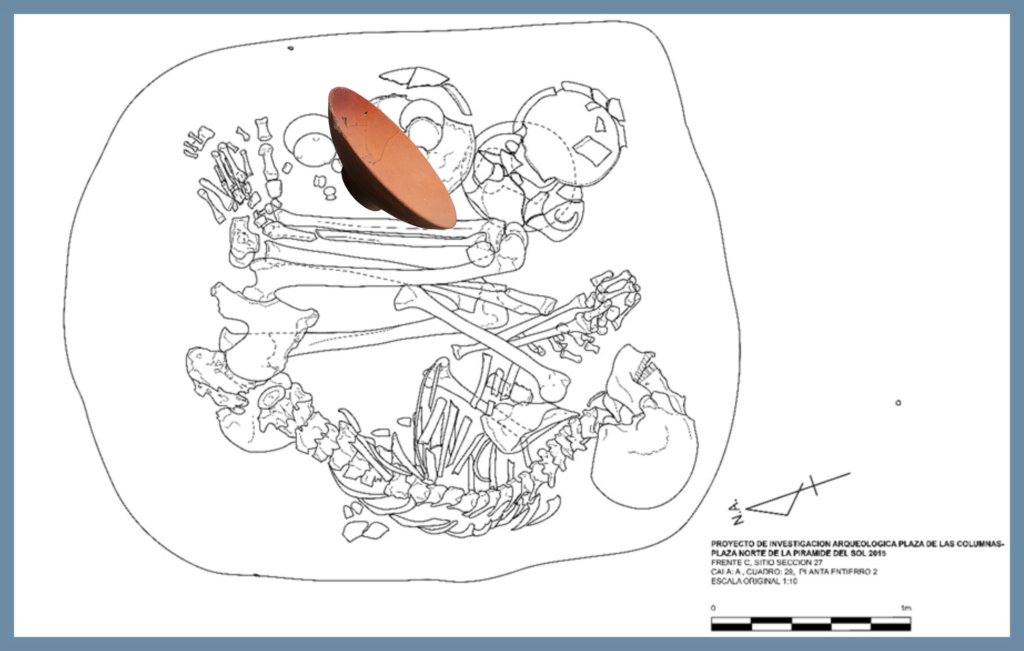Context
What does context mean?
In archaeology, a context is all the information associated to an archaeological element including the provenience (where it is), matrix (the environment in which it was found), and association (the relationships among other artifacts/ecofacts/structures/features). All aspects of the context are essential when analyzing archaeological materials as they provide us with additional information that complement analysis and interpretation. Here are some facts that are important to consider when registering the context of a specific element:
- Provenience: where the artifact/ecofact/structure/feature was found
- Matrix: the environment in which it was found (e.g., sand, clay, or stone fill)
- Association: the relationships among conjoining artifacts, ecofacts, structures, and features
Here is an example. Consider the following image. What can we say about this vessel?

Well, we could say that it is a bowl exhibiting the ceramic type known as Thin Orange bowl with an annular base from the Early Xolalpan Phase, possibly for domestic use.
But what if we tell you that it was found in the following context?

Based on this contextual information, the vessel provides us with a richer interpretation now that we know it was part of a burial offering, including some of the bowl’s ceremonial function.
Alternatively, if the same type of vessel was found alongside an assemblage of jars, plates, vases, and cups near a burned area of a room, the substantially contrasting context merits a different interpretation. We would most likely infer that it was a utilitarian vessel used in a domestic setting.
These examples demonstrate that the context of archaeological materials can answer questions such as: What was it used for? and Why was it there?
The vital role the context plays in archaeological interpretations demonstrates the detrimental effects of illicit excavations. When looters dig sites to retrieve archaeological materials, they remove and mix the soil; the natural order of stratigraphic layers is lost, and the context is destroyed. Without contextual data about the looted artifacts, the rich information that could have helped us reconstruct the past is essentially lost and irretrievable. In these cases, we are simply left with descriptive features of the artifacts like material type, color, form, decoration technique, etc.